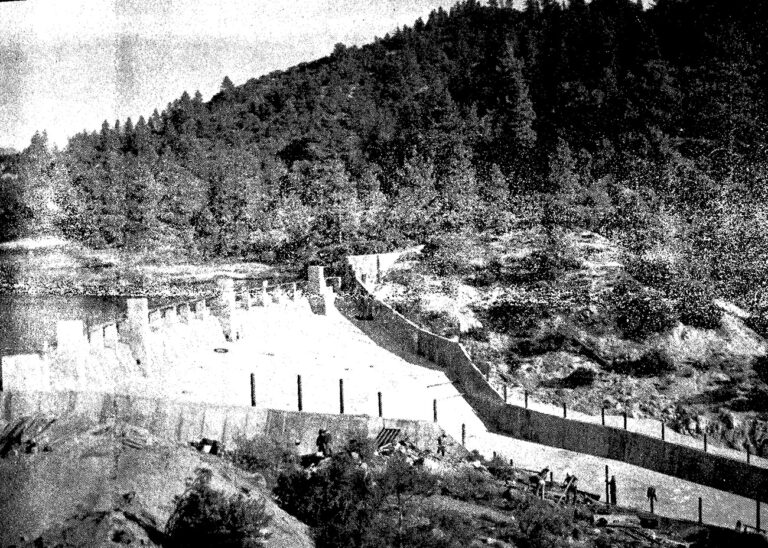I have often been struck by the similarities between fire protection — prevention and suppression — and public health.
Both fields are tasked with preventing or containing catastrophes — wildfires and epidemics — that can overwhelm the normal protections of daily life. Both deal with an enemy that is a part of the natural world but wild and sometimes uncontrollable.
Professionals in both fields know through experience how terrible wildfires and epidemics can be, and they put a great deal of effort into preventing them from happening in the first place. People in both fields deal with emergencies and crises, yet they know that despite their momentary victories, neither threat will ever be completely eliminated.
Some concepts used in public health, like susceptibility and transmission, apply easily to fire prevention. Susceptibility refers to the likelihood that a person, or population, will contract a certain disease. Smokers are more susceptible to lung cancer than are non-smokers.
Communities also are more or less susceptible to wildfire. A community where people have thick brush and forest for privacy will be more susceptible to wildfire than one that keeps brush and forest well-spaced and thinned.
A great deal of public health study goes into understanding disease transmission. Similarly, understanding how fire is transmitted, or carried, is important in prevention and mitigation. Fire will burn in a direct chain of available fuel, such as leaves or brush going right up to a house, or it will be carried by wind in the form of embers up to a mile ahead of the fire front. Embers can start fires on susceptible houses (wooden roofs, lots of close vegetation), but fail to ignite on well-abated properties.
There are simple but effective actions suggested in both worlds. Public health’s advice to stop disease transmission is to frequently wash one’s hands. The equivalent in the fire world is to abate one’s property.
Public health also provides useful ways of thinking about fire prevention. Disease epidemics can have many causes — genetics, the environment, personal behavior or economics — and all can play a part.
This makes prevention complicated. Fire prevention, too, must account for many factors: the health and type of the surrounding forest, whether a community is abated or not, how careful people are with ignition sources, the vulnerability of existing structures.
Prevention in both cases requires effective action by both individuals and government. Individuals must wash their hands, but it takes large government projects to make sure that the water they use is clean. The success of city life in ancient Rome had much to do with their extraordinary aqueducts designed to bring fresh water to city residents, and to their extensive system of public baths and toilets to properly dispose of sewage.
It takes government action for large-scale efforts to maintain forests and fuelbreaks, to create organizations that can fight and suppress fire, and to create appropriate codes to lessen the chance of fire. Individuals must do what they can to make their homes safe and be careful not to start fires that could spread.
One of the great achievements of the modern world has been mass vaccination, which, aside from clean water, is perhaps the greatest shield against disease ever discovered. Vaccinations are amazingly effective in helping individual immune systems build resistance to infectious disease.
Hardening and abating homes build resistance to fire. Flu shots and fire abatement are both important contributions to health and safety.






